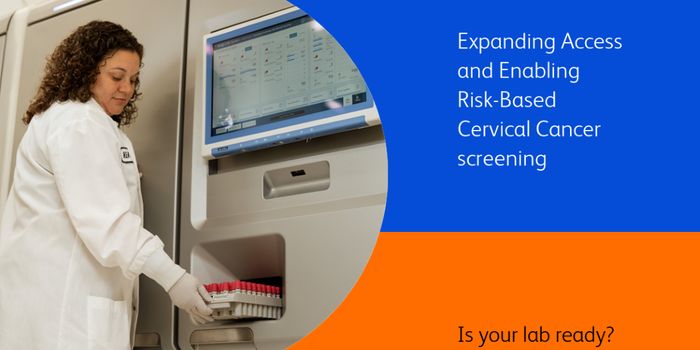Nanoengineering Aids Bladder Cancer Detection
Australian innovators are working towards the next generation of bladder cancer diagnostics: a completely non-invasive “lab on a chip” device. These urgently needed clinical tools could make invasive cystoscopies (the current gold standard bladder cancer diagnostic that involves the insertion of a catheter) a thing of the past. Instead, the device would be able to sense the presence of cancer cells with a urine sample.
Bladder cancer survivors undergo up to four invasive cystoscopy examinations per year, which are expensive, require hospitalisation and can lead to complications such as sepsis and bleeding, says project lead Krasi Vasilev from the University of South Australia.
“Our technology offers patients a much safer, quicker and reliable detection – without additional discomfort, pain and risk of complication,” adds Vasilev, a biomedical engineer who specializes in nanoengineered surfaces for clinical applications.
Bladder cancer represents one of the most common cancers in the United States, which begins as cells lining the inner surface of the organ begin to grow abnormally. Factors such as smoking, chemical exposure, chronic irritation and parasitic infections can contribute to the development of the disease. Bladder cancer is highly treatable, but it has to be diagnosed early and monitored closely following therapy as they have a high recurrence rate — 75 percent of bladder cancers recur within 5 years of treatment.
The new test combines two cutting-edge biomedical engineering techniques: high-precision moulding and microfluidics (tiny fluid-containing channels with dimensions at the microscale). Biological specimens such as urine are exposed to a 20-nanometer-thick polymer coating on a substrate. Antibodies are used to detect the presence of specific proteins uniquely found on the surface of bladder cancer cells. Biosensors and micro-optics positively identifies the presence of these cancer cells in the sample.
“We’re looking to extend this technology to diagnose other diseases – renal disease, prostate and kidney cancers, urinary tract infections as well as rapid and cost-effective detection of viruses such as Covid-19,” said Vasilev. His team was recently awarded $2 million dollars under the National Health and Medical Research Council 2021 Investigator Grants to develop and commercialize these technologies.
Sources: University of South Australia, Photodiagnosis Photodyn. Ther.









